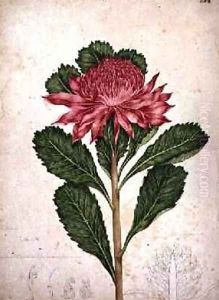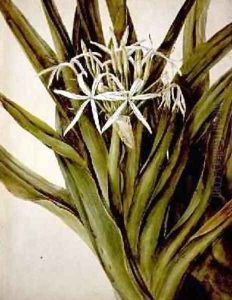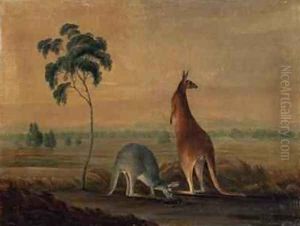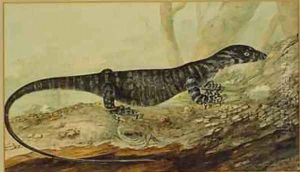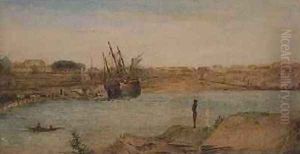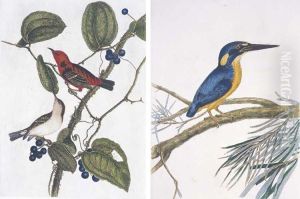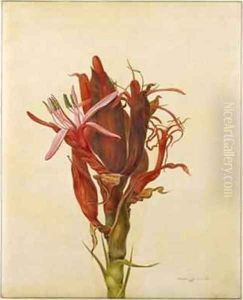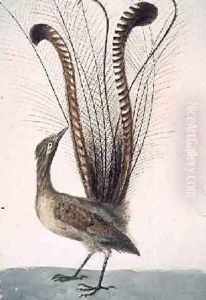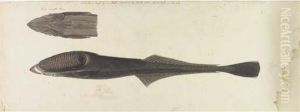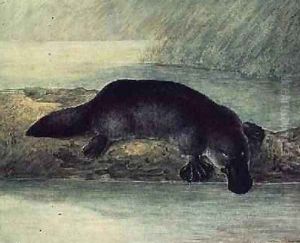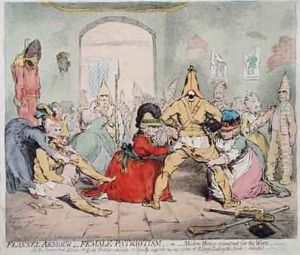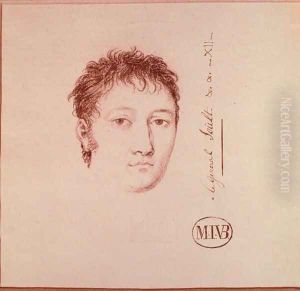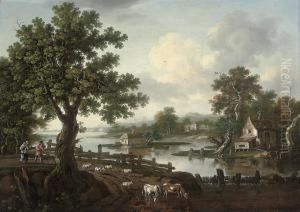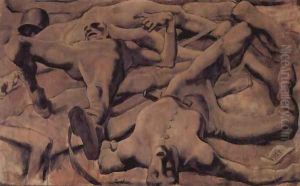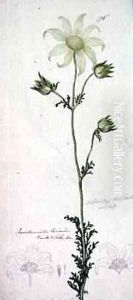





Flannel flower actinotus helianthe labill 1803-08
-
About Reproduction
Discover the allure of art with our faithful reproduction of "Flannel flower actinotus helianthe labill 1803-08", originally brought to life by the talented John William Lewin. Unlike posters or prints, our hand-painted oil painting breathes an unique sense of depth and texture into your space. Every detail, every stroke, and every texture is meticulously recreated, paying the perfect homage to John William Lewin and his artistic vision.
Owning this piece is more than just decoration - it's a statement of your refined taste in art. Let the vibrant colors and intricate details of this replica serve as a daily reminder of the beauty in our world. Elevate your decor and appreciate the richness of art with our replica of this masterpiece.
-
Painting Description
"Flannel Flower, Actinotus helianthi Labill. 1803-08" is a botanical illustration by John William Lewin, an English-born artist and naturalist who became the first professional artist to settle in Australia. Created between 1803 and 1808, this artwork is a depiction of the Australian native plant known as the flannel flower (Actinotus helianthi), which is renowned for its soft, woolly texture that resembles flannel cloth. Lewin's illustration is significant as it captures the unique botanical characteristics of the species with scientific precision and artistic finesse, during a period when the flora and fauna of Australia were of great interest to European scientists and the public.
John William Lewin (1770–1819) arrived in Australia in 1800 and spent much of his career documenting the natural history of the region. His work was instrumental in conveying the rich biodiversity of the continent to audiences unfamiliar with its exotic landscapes and species. "Flannel Flower, Actinotus helianthi Labill. 1803-08" is part of Lewin's broader contributions to the field of botanical illustration, which were characterized by a commitment to both aesthetic beauty and scientific accuracy.
The illustration not only serves as a historical record of early Australian botanical exploration but also reflects the broader context of European scientific inquiry and colonial expansion during the early 19th century. As such, it holds a place of importance in the annals of both art and natural history, providing insight into the practices of documentation and representation of that era. The work is a testament to Lewin's skill as an artist and his role in the advancement of botanical knowledge during his time in Australia.
-
Lead Time & Shipping
When you order this oil painting replica, it typically takes 2-3 weeks to paint. If the artwork is more complex, it might need a little more time to ensure the best quality. Once it's ready, we'll send you a photo for your approval. After you give the green light, we'll ship it to you for free.
-
Return & Refund
We believe in the quality of our hand-painted oil painting reproductions, and your satisfaction is our priority. If for any reason, you are not completely satisfied with your purchase, we offer a 45-day return policy. You can return your artwork within 45 days of receipt and receive a full refund. Please note that the artwork must be returned in the original packaging and in the same condition as it was received.





